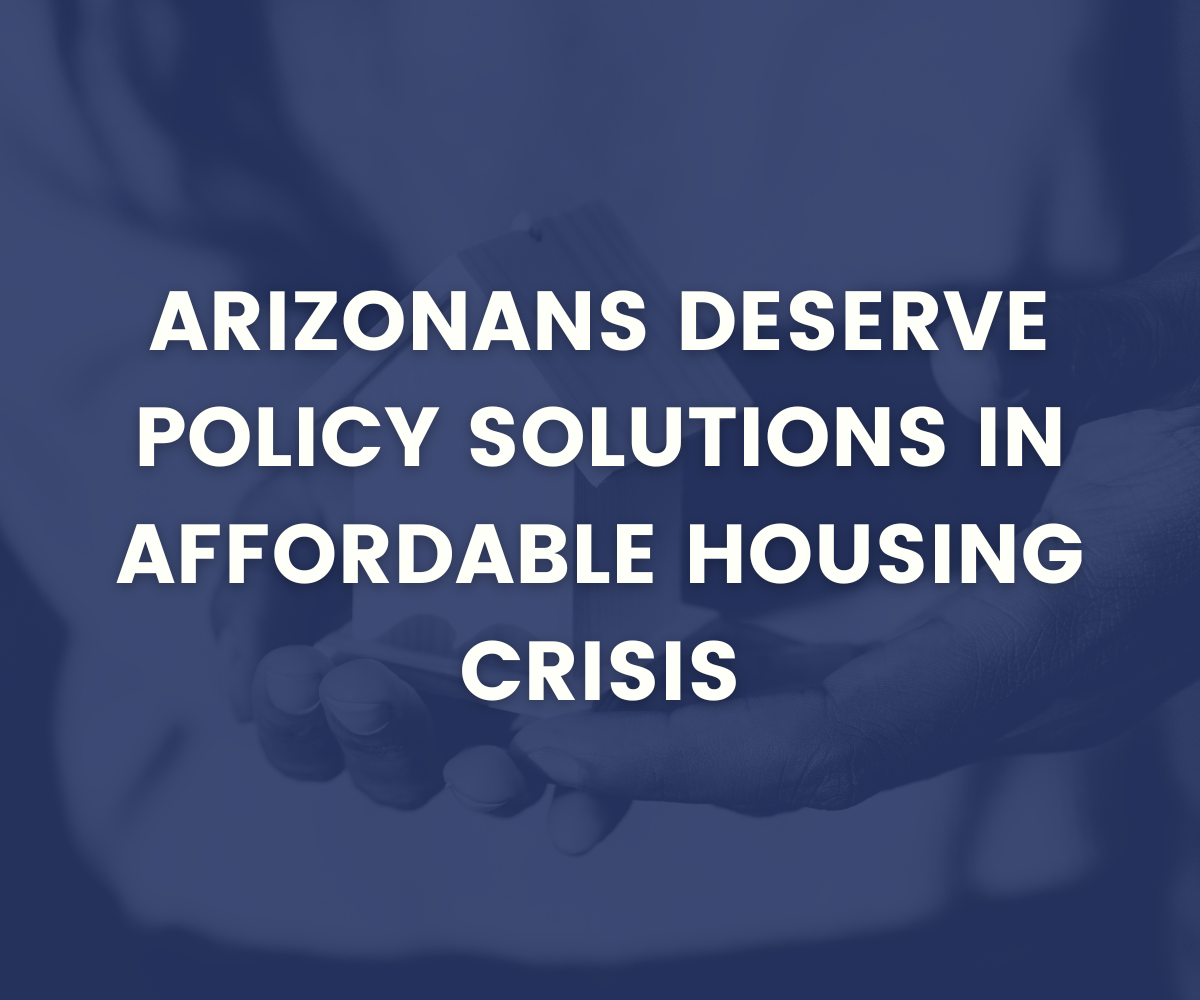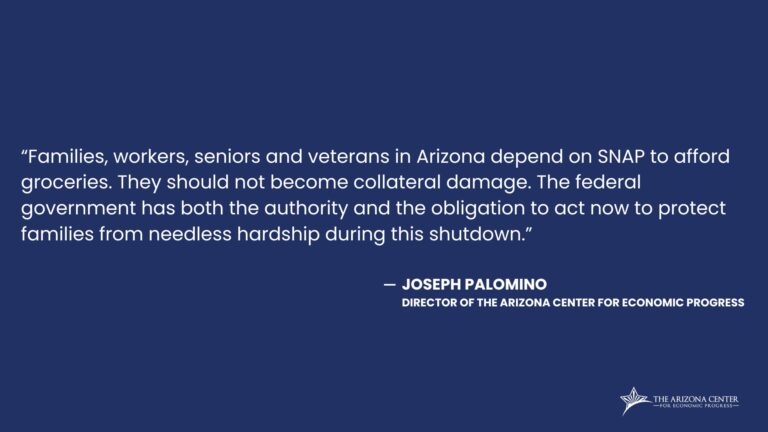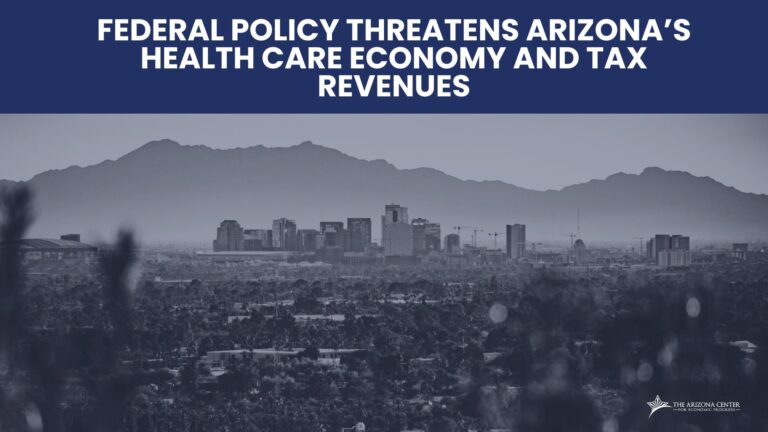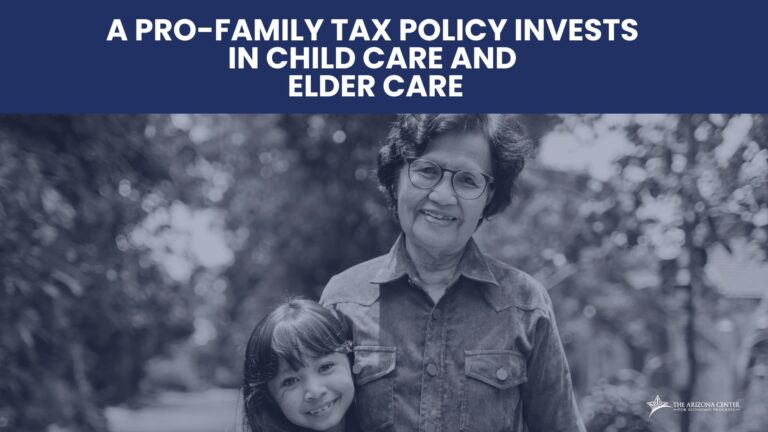
Arizonans Deserve Policy Solutions in Affordable Housing Crisis
As evictions uproot families and communities at record amounts in Maricopa County, Arizonans must ask when their state will step in to help. It’s no secret that Arizona is facing a considerable affordable housing shortage. Since the Great Recession, reluctance from the private market and state has created a serious lag in housing production despite continuous population growth. As a result, more than half of tenants are cost burdened by their rent. The time is now for the governor and legislature to make rental assistance a policy priority.
At the state legislature, legislation to provide relief to renters has been proposed but hasn’t advanced. Federally, the fate of housing programs is dire. With $150M deposited into the state’s Housing Trust Fund just two years ago, it would be meaningful to ensure that Arizona tenants have a greater say in how this money is spent. While investigations examine the role of corporate consolidation of housing on rising costs, Arizona should pursue policies that provide all Arizonans with access to affordable housing, such as the implementation of comprehensive, robust rental assistance to prevent harmful evictions and protect our communities.
Rental Assistance Today
As of September 2024, Arizona has no existing state rental assistance. Prior, the federally funded Arizona Rental Assistance Program (ARAP) served nearly 6,000 of 18,000 applicant households to a sum of $26M since 2020. Another discontinued pandemic program, the Emergency Rental Assistance Program (ERAP) served 26,000 households of the 62,000 that applied, with Arizona’s Department of Economic Security (DES) distributing over $270M in assistance. Households have been able to apply for utility assistance through the Low Income Home Energy Assistance Program (LIHEAP), but heightened evictions reflect that this is not enough. On top of this, it is currently unclear how recent changes in the federal workforce will impact the administration of LIHEAP funds.
Without state-provided assistance, struggling renters must rely on federal housing programs with an uncertain future. Widespread cuts to agencies including HUD puts more than 10 million Americans receiving rental assistance at risk. With only 23% of those in need receiving rental assistance as is, cuts send a strong message to renters across the country. Rather than addressing flaws in existing assistance, the new federal administration furthermore looks to cut fair housing programs protecting tenants. Additionally, while Congress could act to provide even further funding to expand evidence-based policies that ensure everyone has a safe place to call home, instead, federal lawmakers are debating extending tax cuts that primarily benefit the wealthy.
In the absence of much-needed local and federal rental assistance, a blank slate is presented to renters for a fairer, universal housing voucher program.
Flaws in Existing Programs
Current rental assistance programs are not perfect. Beyond extensive waitlists and the inability to meet demand, project-based rental assistance and public housing are concentrated primarily in high-poverty neighborhoods. Housing choice vouchers, meanwhile, leave prospective tenants to the will of the landlords with similar outcomes. Without statewide source of income discrimination protections in place, landlords reserve the right to deny applicants using Social Security, veteran’s benefits, disability, or Section 8 housing vouchers. Consequentially, renters receiving assistance of any kind are often denied the ability to live in neighborhoods across Arizona.
In the Phoenix metropolitan area, 32% of project-based rental assistance recipients live in high-poverty areas compared to only 8% in low-poverty areas. In Tucson, 28% of project-based rental assistance recipients live in high-poverty areas compared to only 17% in low-poverty areas. For housing choice vouchers, 19% of Phoenix recipients live in high-poverty areas compared to 19% in low-poverty areas. In Tucson, 33% of recipients live in high-poverty areas compared to 6% in low-poverty areas. Despite 32% of Phoenix’s voucher-affordable units being in low-poverty areas, only 19% of voucher-assisted households live within them. Likewise, despite 19% of Tucson’s voucher-affordable units being in low-poverty areas, only 6% of voucher-assisted households live within them.
Mapping these disparities across the Phoenix and Tucson metropolitan areas reveals a greater story between rental assistance, concentration of poverty, and racial segregation. Households receiving project-based rental assistance largely reside in places with greater poverty and Black, Hispanic, and American Indian populations. Despite voucher-affordable units spanning both metro areas, voucher-using households are primarily concentrated in these same places. Disparities in voucher use are also apparent across jurisdictional lines, with greater use in cities that have adopted source-of-income discrimination ordinances: Phoenix, Tempe, and Tucson.
For our economy to grow equitably and robustly, the state and federal government must take further measures to ensure every individual has access to safe, affordable housing. Such measures must include comprehensive rental assistance programs to reduce the gap between incomes and rent, as well as source-of-income protections.



